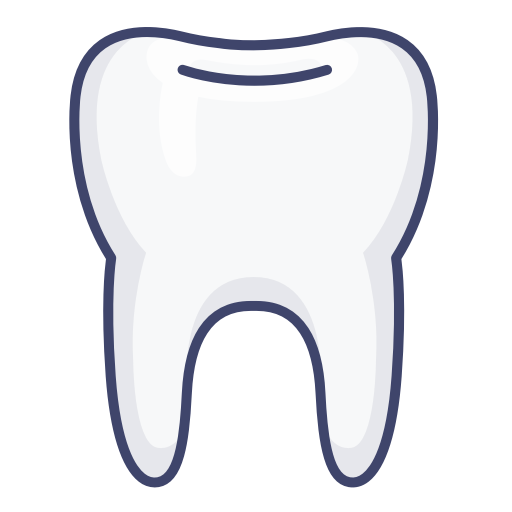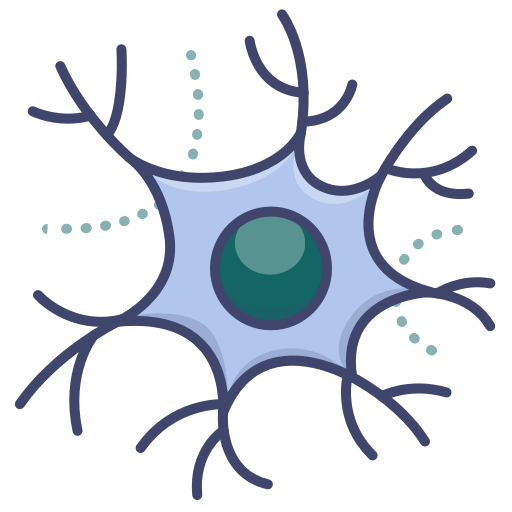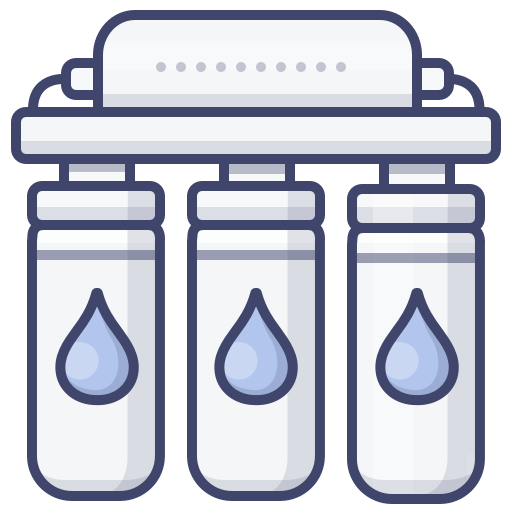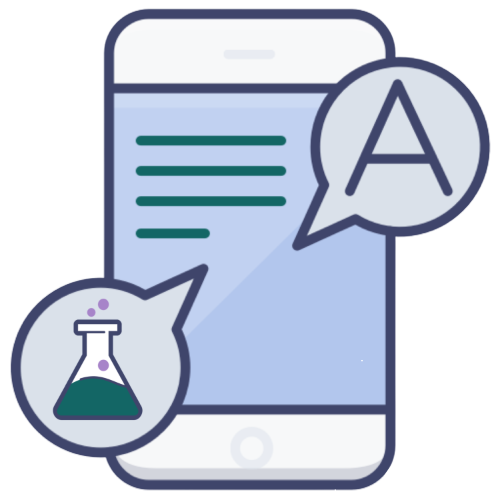MEMCARE-SRC
The Metals and Metal Mixtures, Cognitive Aging, Remediation and Exposure Sources (MEMCARE) Superfund Research Center aims to understand how metals and metal mixtures contribute to cognitive decline in older age and the biological mechanisms underlying these effects; and to develop new ways to detect and remove metal contaminants in drinking water sources.
677 Huntington Avenue
Boston, MA 02115
About
Cognitive decline and memory loss are growing public health concerns as populations in the U.S. and globally continue to age. Exposure to neurotoxic metal contaminants may accelerate cognitive aging, yet these metals and their mixtures persist in the environment and at many Superfund sites despite decades of regulation and remediation. Their ongoing presence poses a continued threat to public health, particularly cognitive health in later life. The specific role of metal exposures in cognitive aging, as well as the molecular mechanisms involved, remain poorly understood. As a result, there are no targeted strategies to prevent or treat cognitive decline linked to metal exposure.
The Metals and Metal Mixtures: Cognitive Aging, Remediation, and Exposure Sources Superfund Research Center (MEMCARE-SRC) addresses this problem through integrated biomedical and engineering solutions. Our overall goal is to understand and reduce the effects of metal and metal mixture exposures on cognitive health in older adults.
Our multidisciplinary, geographically dispersed team includes investigators and trainees from nine institutions. The Center is supported by a grant from the Superfund Research Program (SRP) of the National Institutes of Health’s National Institute of Environmental Health Sciences (NIEHS), whose goal is to find ways to protect the public from exposure to hazardous substances, such as industrial solvents and heavy metals including arsenic, lead, and mercury, which are found in contaminated water, soil, and air at hazardous waste sites throughout the U.S.
Projects

Project 1 examines the relationship between early-life metal exposures and late-life cognitive function in a unique cohort of 60–70-year-olds who donated baby teeth as children.

Project 2 investigates extracellular vesicles (EVs), particularly brain-derived EVs, as a biological mechanism linking early exposures to later cognitive outcomes.

Project 3 develops novel statistical methods to identify populations potentially at risk for elevated exposures to metals through contaminated drinking water.

Project 4 designs novel nanostructured adsorbents for point-of-use removal of metals from drinking water in homes.
Cores

Our Community Engagement Core (CEC) partners with two communities directly affected by Superfund sites—one urban (Boston, MA) and one rural (San Luis Valley, CO)—to foster communication and relevance of our work.

The Data Management and Analysis Core (DMAC) supports all projects with data management, biostatistics, bioinformatics, and ensures adherence to principles of reproducible science and data sharing.

The Research Experience and Training Coordination Core (RETCC) provides interdisciplinary training to master’s, predoctoral, and postdoctoral trainees, fully embedding them in the Center’s research and outreach.

The Administrative and Research Translation Core oversees Center operations and communicates findings to stakeholders.
Sponsors
Our Center is funded by the National Institutes of Health (NIH)/National Institute of Environmental Health’s (NIEHS) Hazardous Substance Basic Research and Training Program (aka the Superfund Research Program) grant number P42ES030990. The Superfund Research Program (SRP) provides practical, scientific solutions to protect health, the environment, and communities. The SRP funds university-based grants to study basic biological, environmental, and engineering processes to find real and practical solutions to exposures to hazardous substances.
Team
Our Center is a multidisciplinary team of investigators, trainees and research staff from nine institutions, led by our Center Director, Deputy Director and Executive Committee, and guided by our External Advisory Board.
Collaborating Institutions
Takao Hensch’s lab in the Boston Children’s Hospital Department of Neurology Research studies the neurobiology of critical periods of brain development using mouse models. Dr. Hensch is an Investigator on Project 2.
Kathy James leads the Colorado branch of our Community Outreach Core, conducting community-based research projects with mothers and children in Colorado’s San Luis Valley.
Project 1’s quantification of metals in baby teeth samples are being conducted by Brian Jackson at the Trace Element Analysis Core at Dartmouth using laser ablation inductively coupled plasma mass spectrometry (LA-ICP-MS).
Felicitas Bidlack of the Forsyth Institute (leaders in dental and craniofacial research) works with Project 1 on preparation and analysis of the baby teeth samples collected in the 1950s-1970s as part of the St. Louis Baby Tooth study.
Elsie Sunderland’s Biogeochemistry of Global Contaminants lab at the Harvard SEAS is the home of MEMCARE-SRC’s Project 3. Dr. Sunderland’s lab develops and evaluates environmental models of and factors controlling spatial and temporal variability in trace metals and organic chemicals. Chemical analysis of water samples for Project 3 will also be conducted at Harvard SEAS.
Our Center is based at the Harvard T.H. Chan School of Public Health where the labs of Marc Weisskopf and David Christiani (Project 1), Quan Lu (Project 2), and Tamarra James-Todd (Community Engagement Core) are located in the Department of Environmental Health. The Research Experience and Training Coordination Core (Susan Korrick) and the Administrative (Quan Lu) and Research Translation Core (Trina von Stackelberg) are also based in the Department of Environmental Health. Brent Coull and Xihong Lin’s groups (Data Management and Analysis Core) are in the Department of Biostatistics.
ASU collaborators on Project 4 are Paul Westerhoff’s lab in the School of Sustainable Engineering and the Built Environment and Chris Muhich’s lab in the School for Engineering of Matter, Transport and Energy. Dr. Westerhoff focuses on the safe use of nanomaterial-based technologies for water treatment. Dr. Muhich uses computational and experimental techniques to study environmentally relevant metal oxide reactions
Laura Germine at McLean Hospital’s Laboratory for Brain and Cognitive Health Technology and the McLean Institute for Technology in Psychiatry has developed innovative web-based tools for measuring cognition in Project 1.
Joe Mangano of the Radiation and Public Health Project is cataloging baby teeth for Project 1. The teeth were originally collected as part of a 1958-1970 study by Washington University in St. Louis, which measured build-up of radioactivity from above-ground atomic bomb test fallout. Project 1 looks at metals in the teeth and evaluates their donors on cognitive and other measures.
Julie Zimmerman’s lab is in the Department of Chemical and Environmental Engineering at the Yale School of Engineering & Applied Science. Dr. Zimmerman is the MEMCARE-SRC Deputy Director and leader of Project 4, which is developing more selective and safer nanomaterials for water treatment.